I am trying to save 10 seconds of buffered video using Python, in particular '.h264' format.
In order to do so, I have been using a PiCamera connected to a Raspberry Pi and the script shown below. The main road block I am facing right now is that instead of saving the file directly to a location [stream.copy_to(str(time)+'.h264')] I would like to save it to a variable in order to perform certain operations (e.g. change video resolution) before finally saving it. Any idea how this can be achieve?
Thanks in advance!
import time
import io
import os
import picamera
import datetime as dt
from PIL import Image
import cv2
#obtain current time
def return_currentTime():
return dt.datetime.now().strftime('%Y-%m-%d %H:%M:%S')
#trigger event declaration
def motion_detected():
while True:
print ("Trigger event(y)?")
trigger = input ()
if trigger =="y":
time = return_currentTime()
print ("Buffering...")
stream.copy_to(str(time)+'.h264')
else:
camera.stop_recording()
break
#countdown timer
def countdown (t):
while t:
mins, secs = divmod (t,60)
timer = '{:02d}:{:02d}'.format(mins, secs)
print(timer, end="\r")
time.sleep(1)
t-=1
print('Buffer available!')
camera = picamera.PiCamera()
camera.resolution = (640, 480)
stream = picamera.PiCameraCircularIO(camera, seconds = 5)
#code will work using h264 as format
camera.start_recording (stream, format = 'h264')
countdown(5)
motion_detected()
